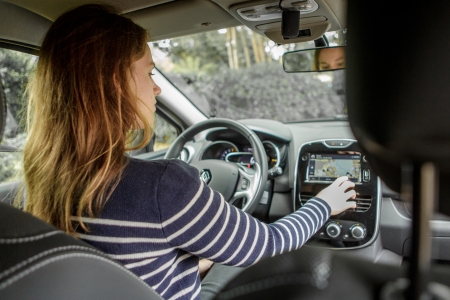In poor visibility (fog, darkness), the crash risk is (much) higher. A night vision system, making use of radar or infra-red cameras, can project an improved image on the windscreen. This system has existed for some time (more than 15 years) in higher-end models, but has not yet penetrated the lower-end market segment (on account of the price of the system) [10]. The usually rather small-scale simulator studies generally show a positive effect on driving performance in the dark (for example [36] [37]). As far as we know, and probably because of the low numbers, no research has been done based on (prevented) crashes. According to an effect assessment for Germany (eSafety Forum, 2005 in [10]), based on a penetration of 70%, 17.5% of the crashes between cars and cyclists or pedestrians in conditions of poor visibility could be prevented. This amounts to 0.1% of all crashes. Moreover, there is some concern that the positive effects will, in actual traffic, be (partly) cancelled out because of the distraction caused by the projected image, or because of behavioural adaptation (for instance because of driving faster; also see the question What are possible disadvantages of ITS/ADAS?) [10].
Answer
